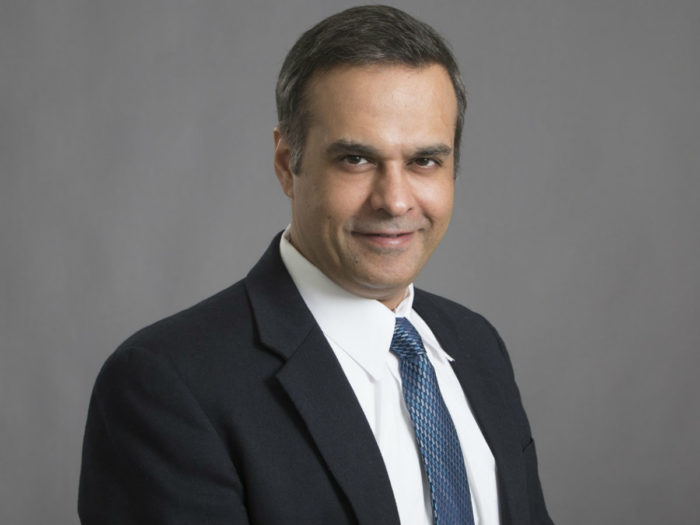By Dinesh Kalra, MD

All patients have a story about how they began experiencing symptoms, saw their doctor and came to a diagnosis. Some exhibit classic signs, which usually makes getting to the right diagnosis easier. But others, especially those with rare conditions, have a rockier journey where arriving at the right diagnosis takes much longer and poses many challenges. This is especially true for my patients with amyloidosis.
Amyloidosis is a rare condition caused by excessive deposition of an abnormal protein in the organs. There are several variations of the disease, some of which are hereditary. The condition’s different types have different causes and symptoms, which can itself make diagnosis a challenge. Additionally, many amyloidosis symptoms mimic other commoner diseases or may appear unrelated.
Due to these factors, patients with amyloidosis often have a long path to diagnosis. General practitioners may misinterpret the symptoms. Or they may refer patients to a specialist. Depending on where the patient lives, however, this could be a quick trip up the street or an hours-long drive to a different state. Another factor is insurance coverage. The specialist may not be in network for the patient’s health plan, or the insurer may require a higher out-of-pocket payment for a specialist appointment. Even for the patient who does reach the proper specialist well versed with the disease, insurance coverage can create other hurdles. Some plans may not cover certain tests.
After years of searching for answers, patients are relieved to get a diagnosis. Hearing “amyloidosis” can be confusing or scary, however, that conversation is better today than it was a few years ago. Now, there are several exciting new treatment options. These innovative treatments bring patients hope – hope for better control of symptoms and slower disease progression. But they are expensive, and most insurance plans don’t adequately cover many of the medications.
It’s another bump in the road for the amyloidosis patient, but it can be a particularly painful one. If amyloidosis treatments are included in the health plan’s formulary, they are likely on the highest “specialty” tier, a category for targeted drugs that require a high out-of-pocket payment from patients. I’ve heard of patients’ out-of-pocket costs ranging from $1,000-$5,000 per month. Patients have come all this way, only to discover that they can’t afford the out-of-pocket cost of the medication that has the potential to drastically improve their life.
Some patients can patch together insurance and assistance, whether through nonprofit foundations or with the help of manufacturer co-pay discount cards. Some, however, are stuck in the middle – their incomes are too high to qualify for assistance, but not high enough to allow them to pay for their medication. These patients often end up going without any treatment. Sadly, it’s not one patient a week or a month I see in this situation – it’s one patient a day.
For these patients, the last leg of their journey is heart wrenching. Their condition worsens without treatment. They feel helpless and get depressed. Others stretch their budgets to afford the medicine, desperate to slow the progression of their disease. This frequently leads to financial strain on themselves and their families.
This month, Amyloidosis Awareness Month, is an opportune time to highlight the numerous diagnosis and access issues. The Amyloidosis community has come a long way in recent years. Now we must come together and demand policy change to help patients take that final step in their journey, accessing the life-changing medications that are so nearly within reach.
Dinesh Kalra, MD, is director of Infiltrative Cardiac Disease Program at Rush University Medical Center and a member of the Alliance for Patient Access’ Rare Diseases Working Group.

